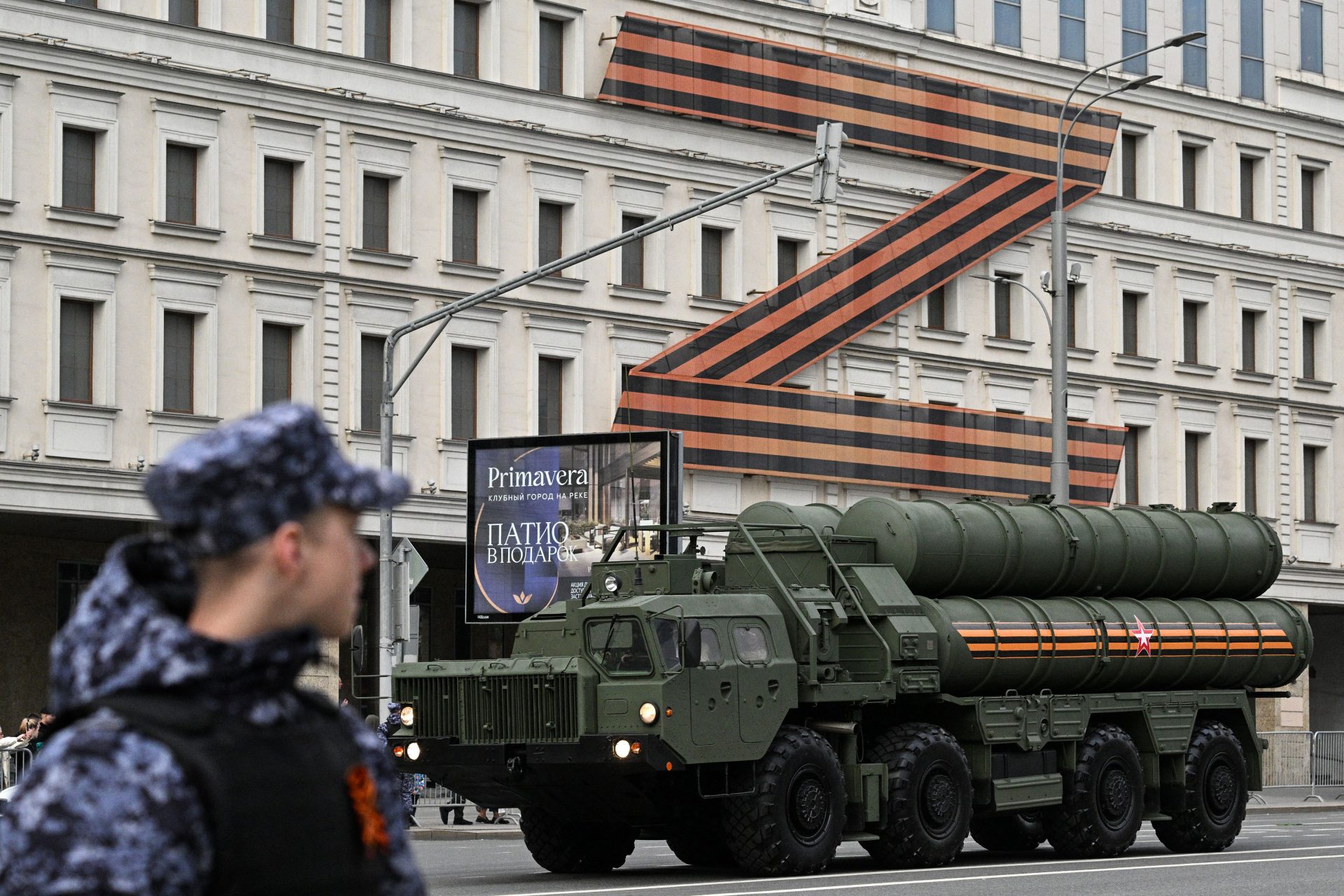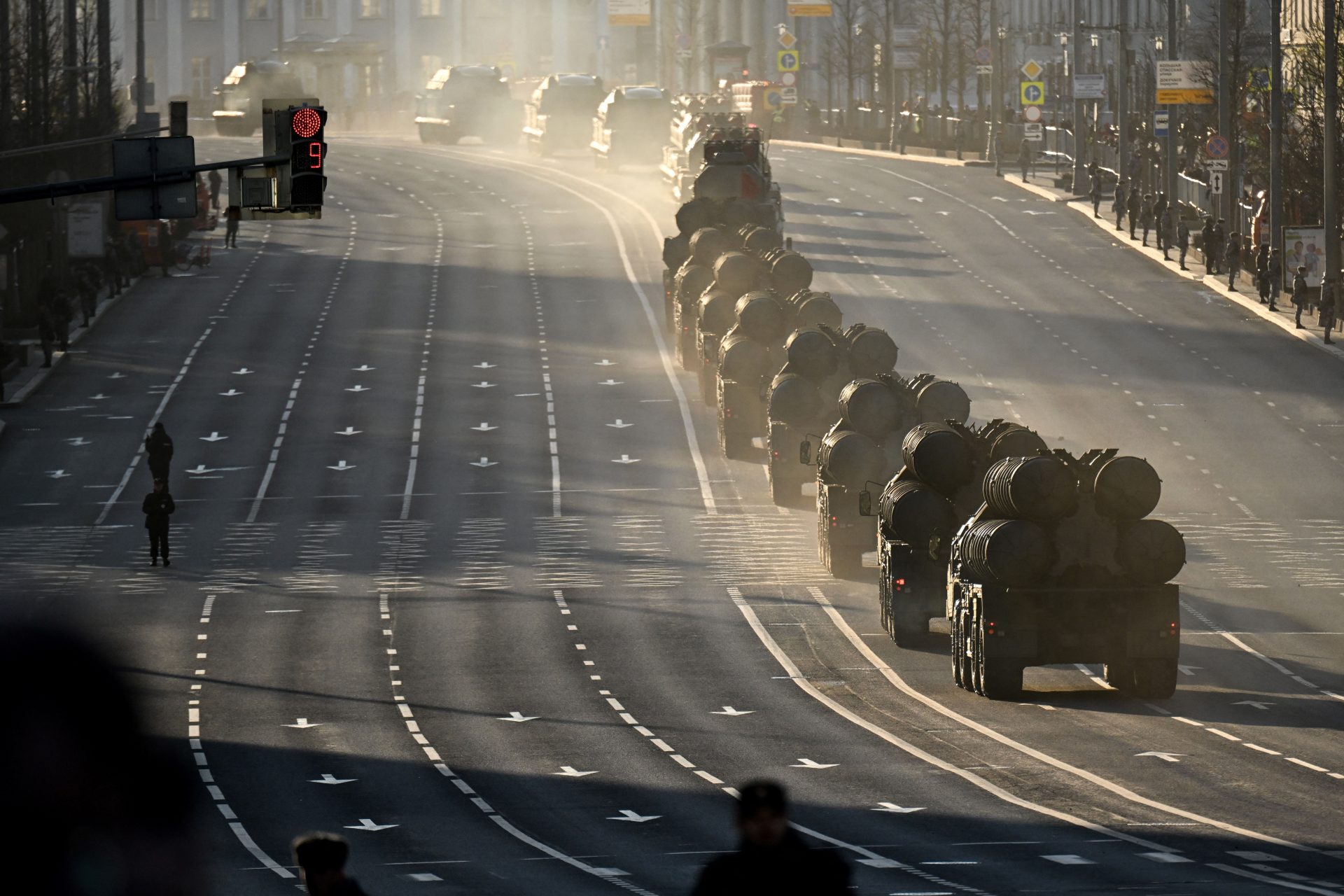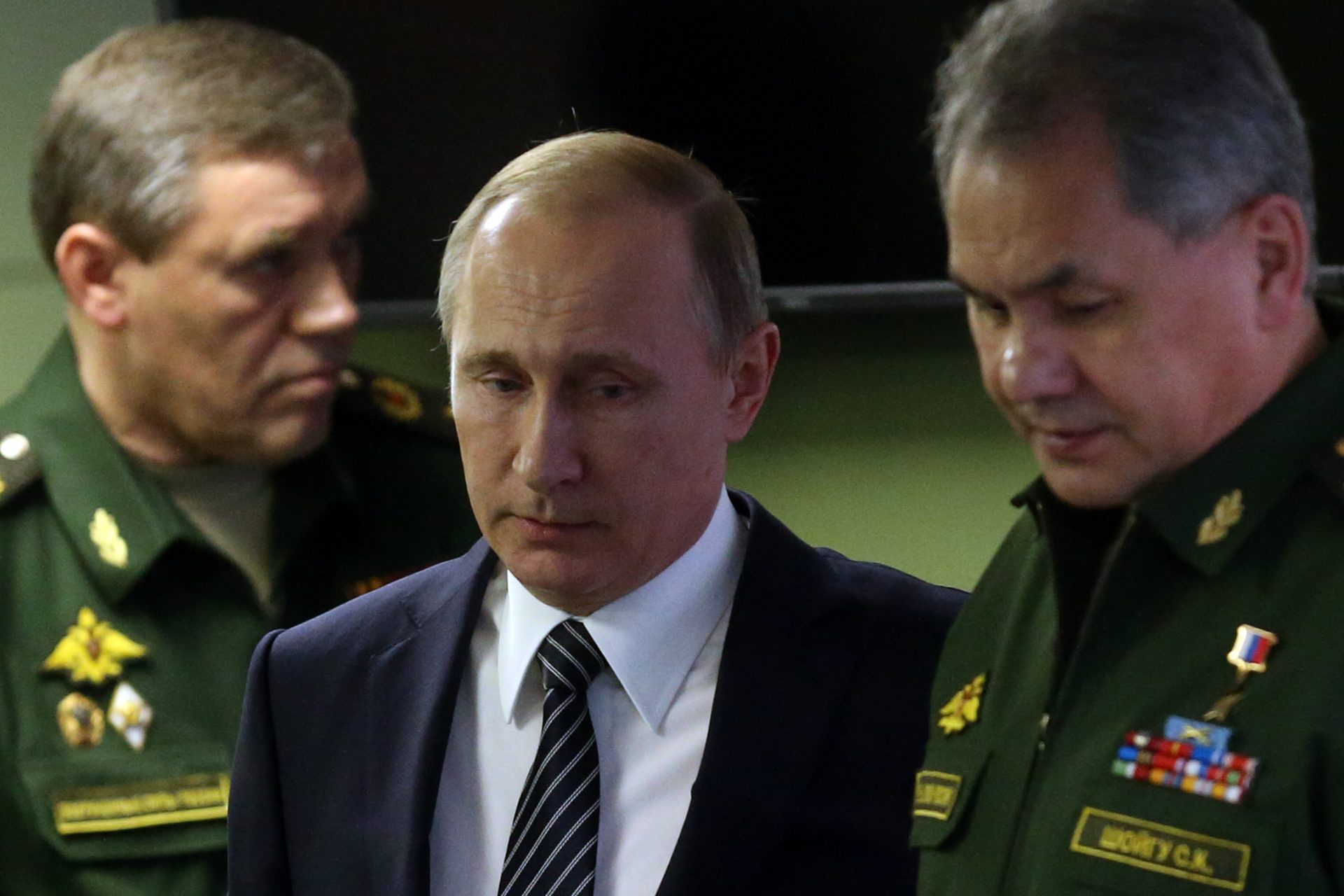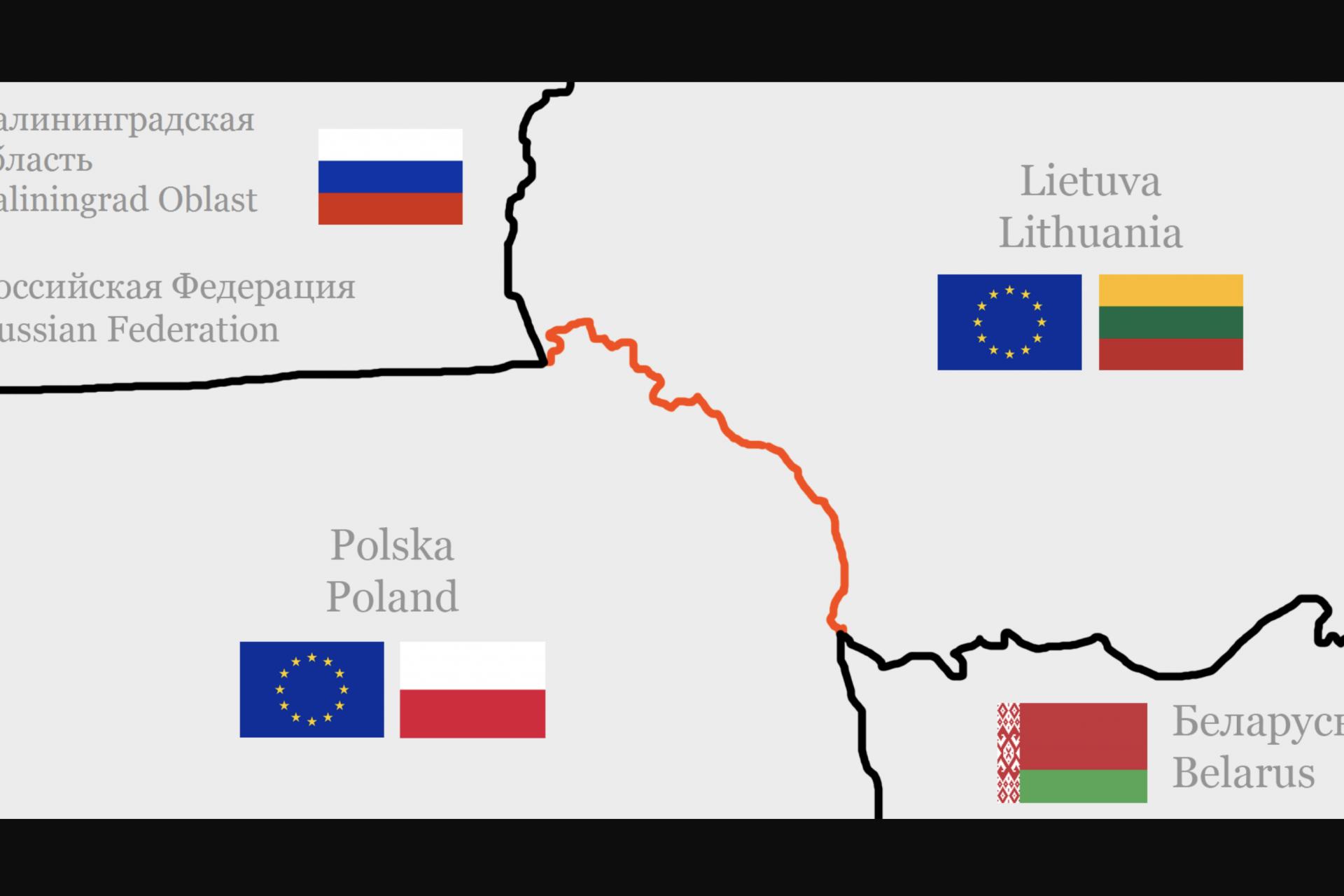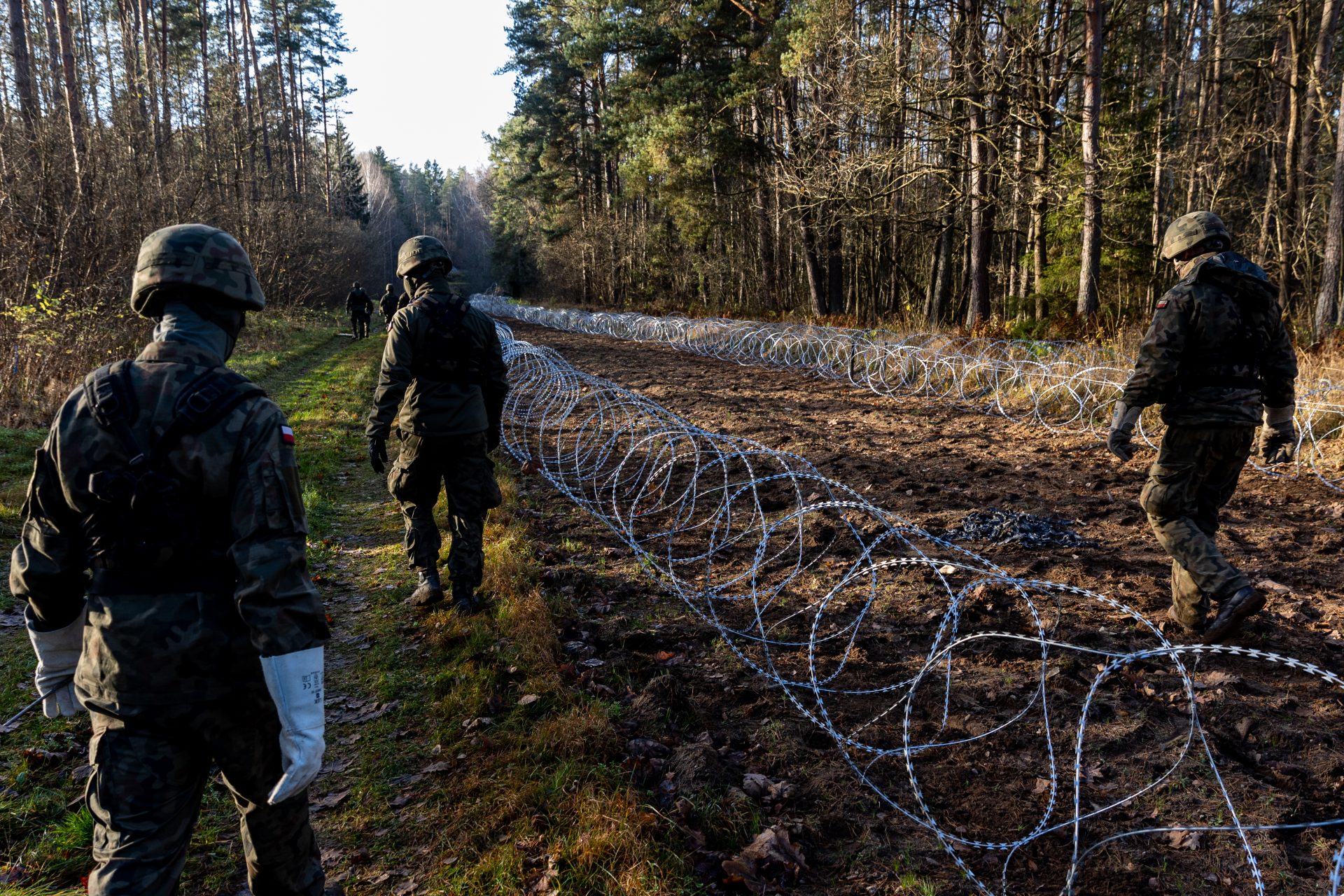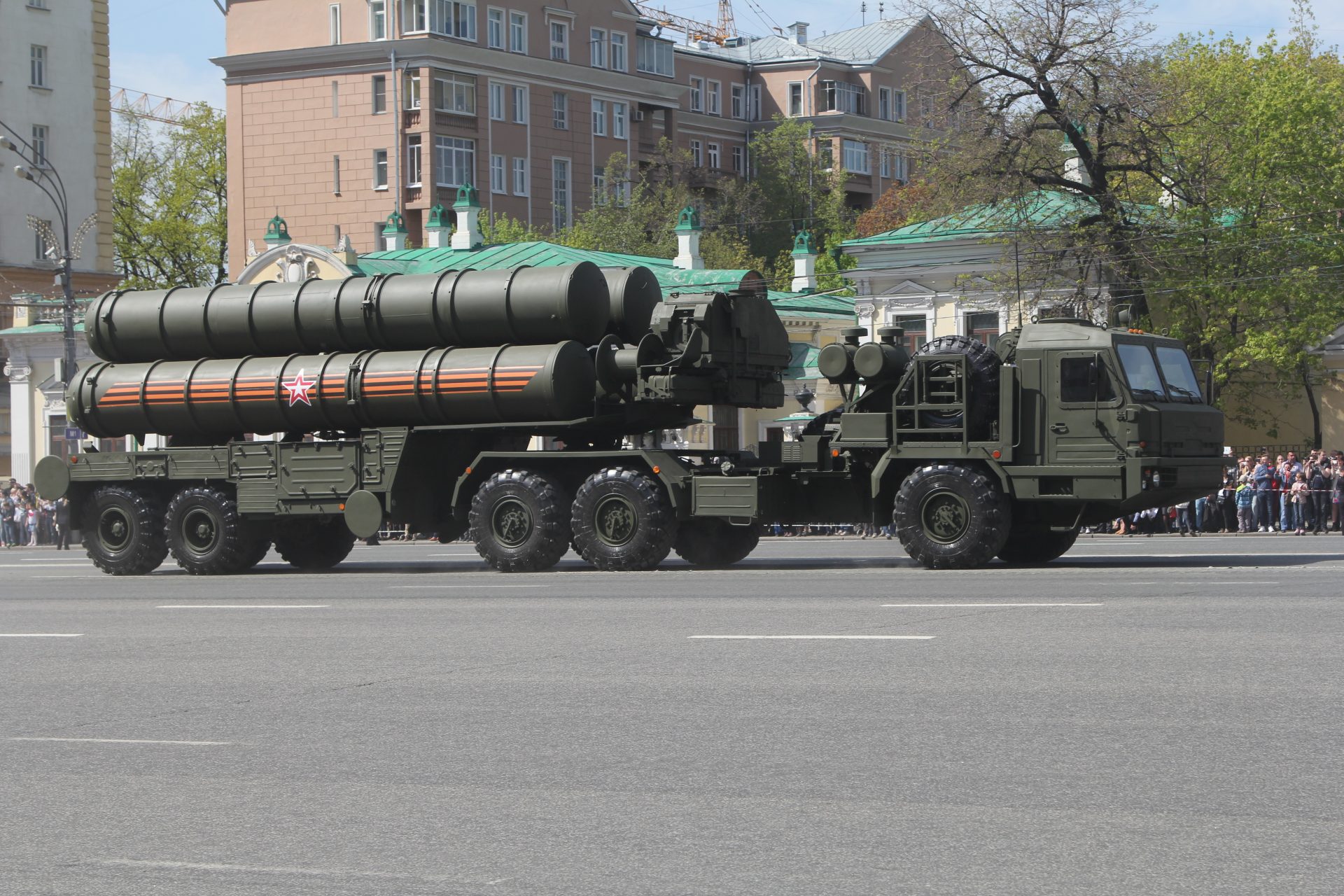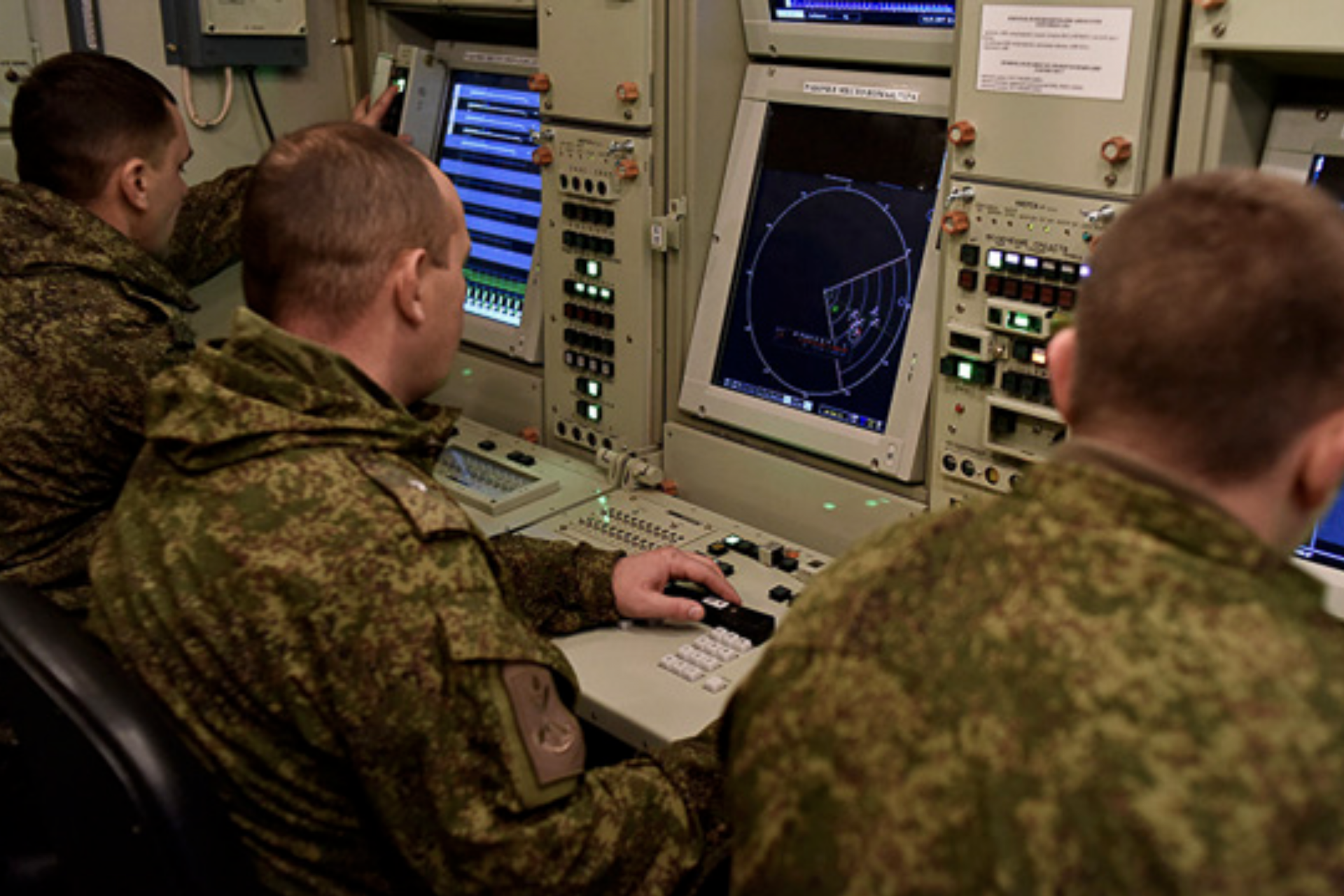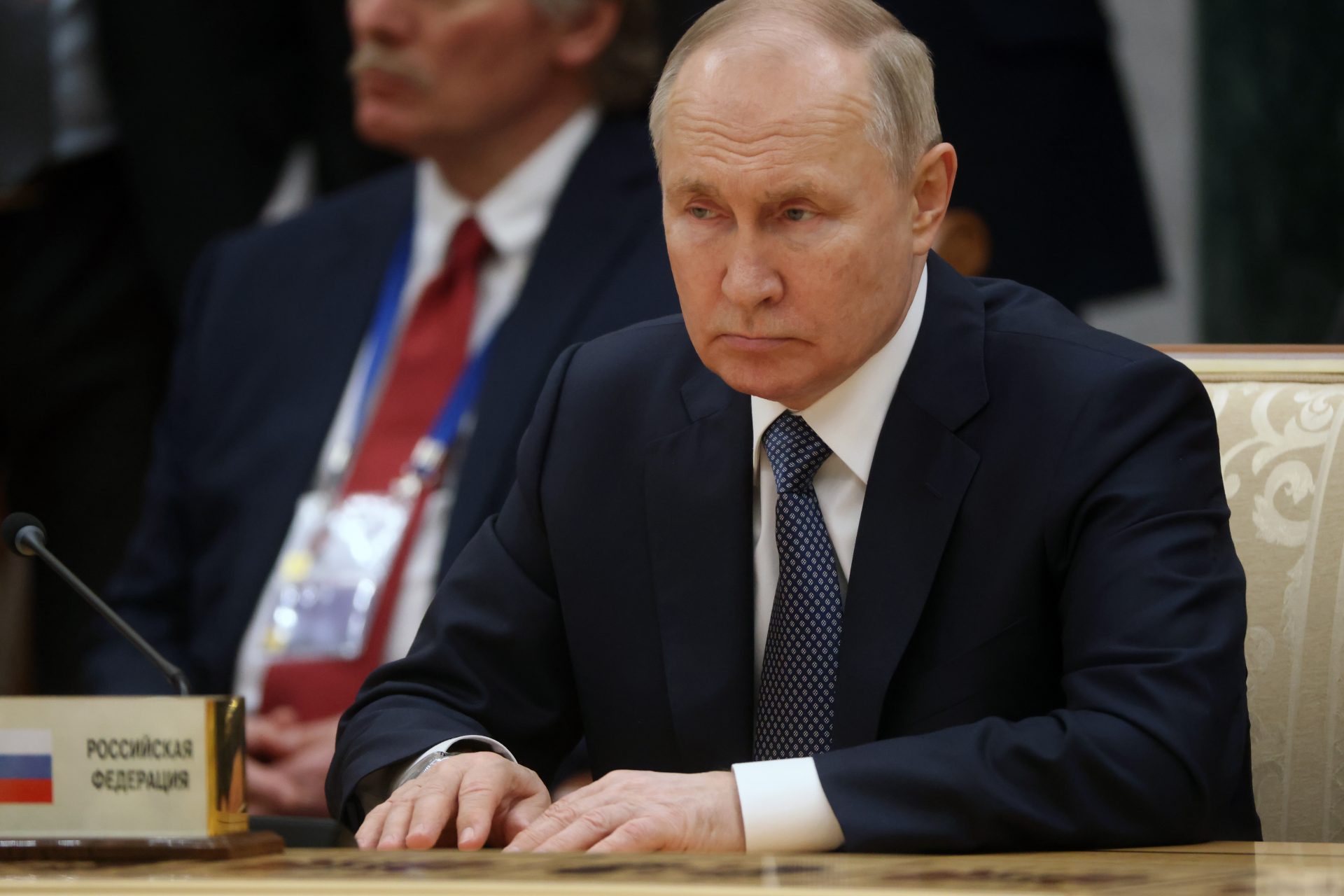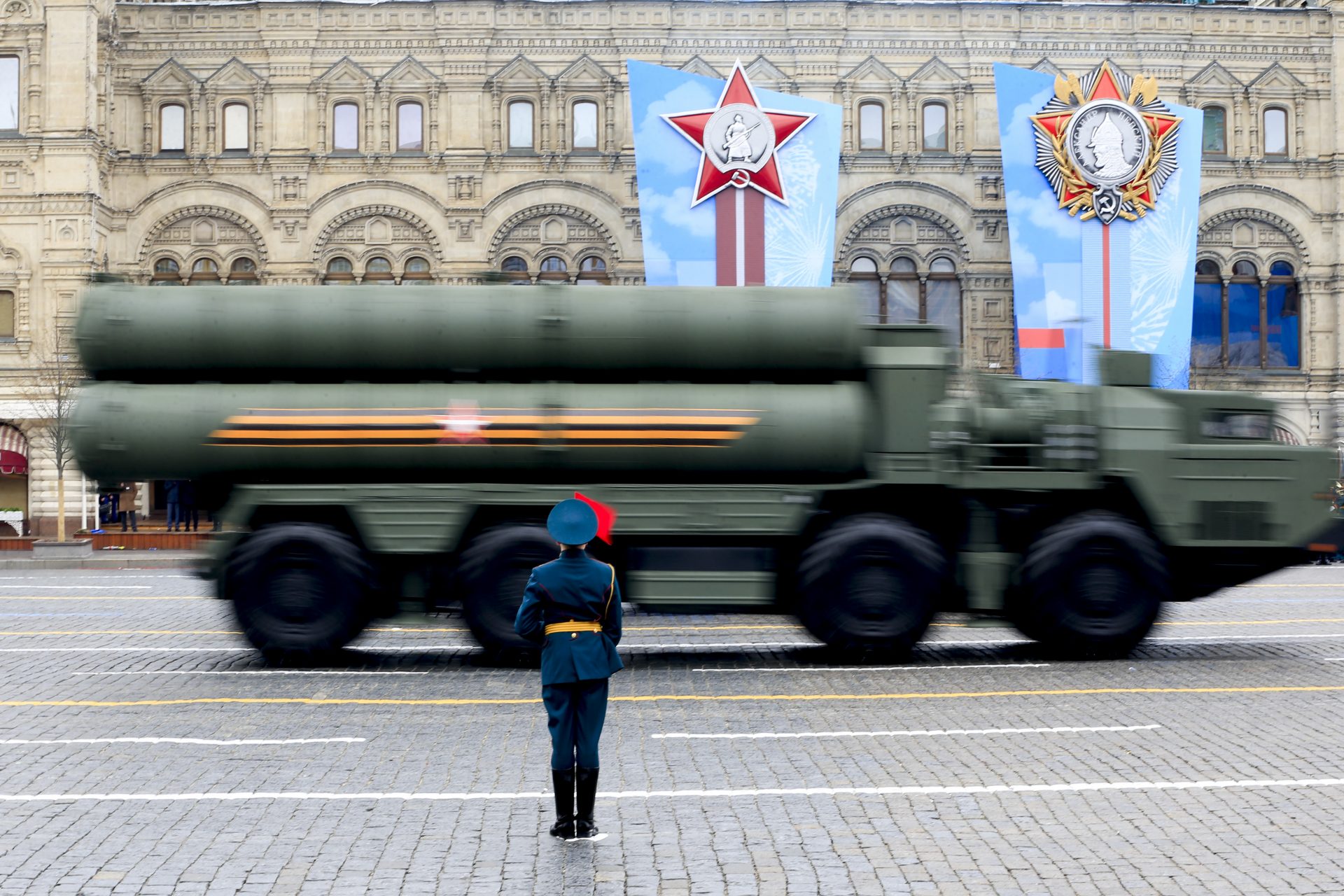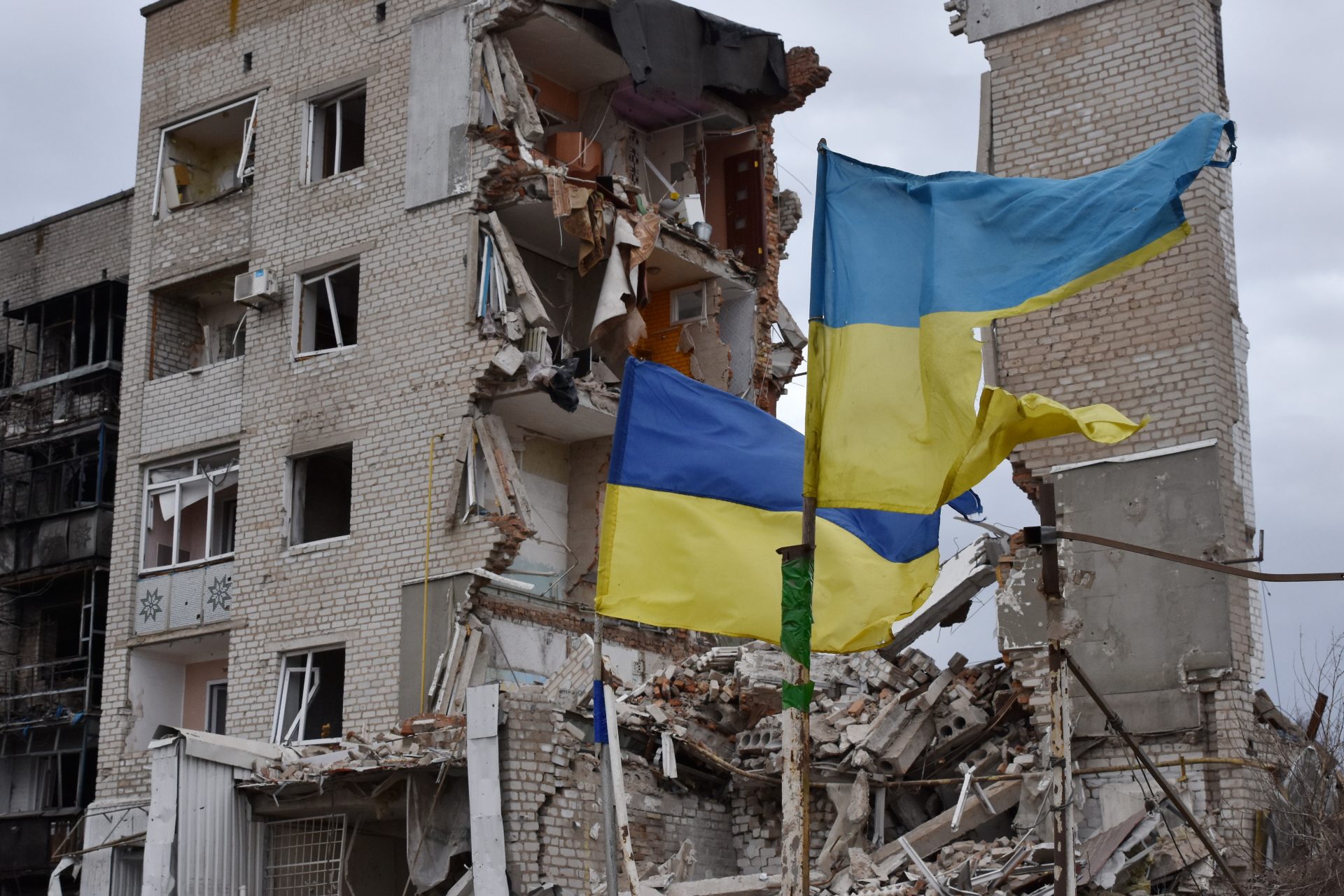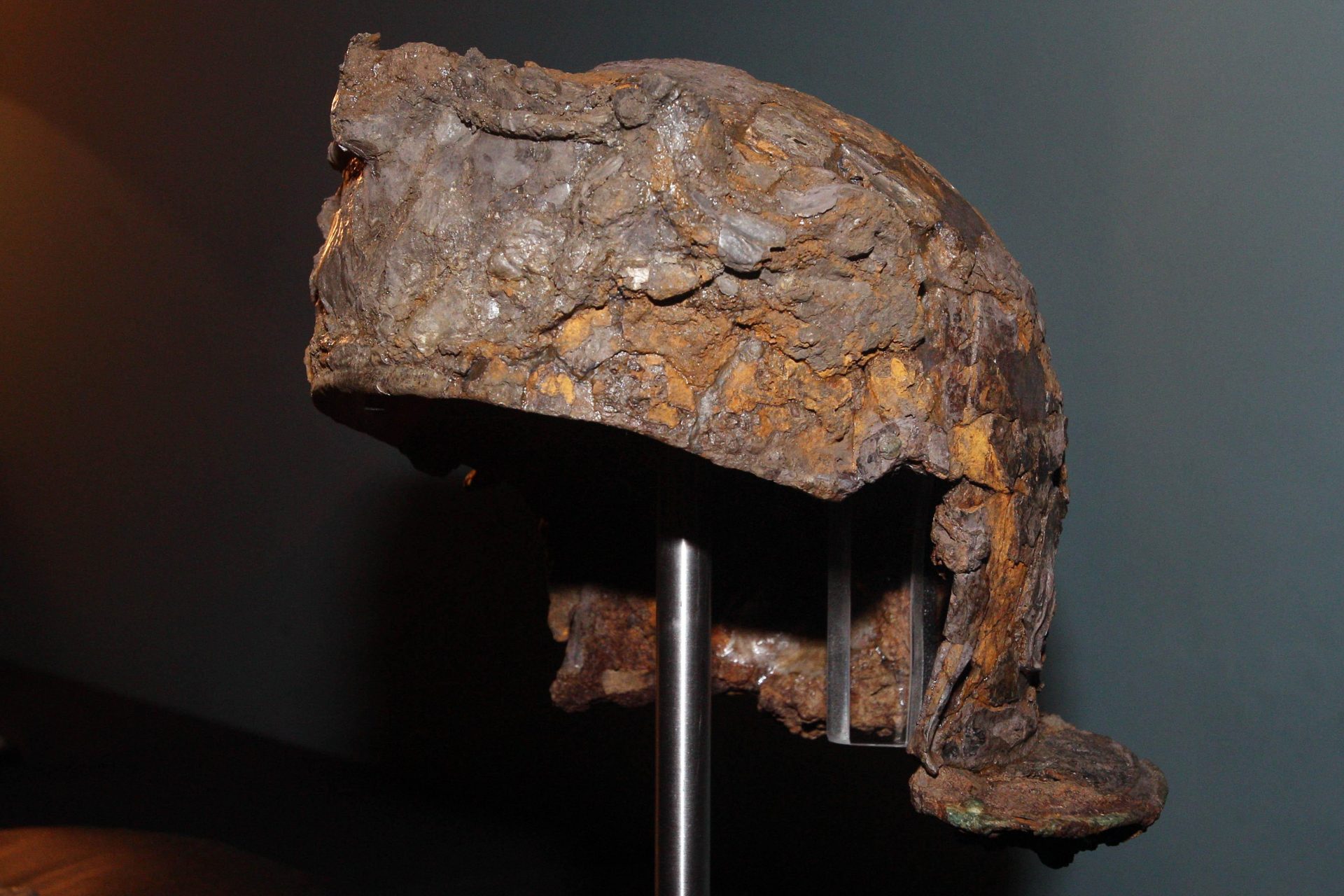Russia’s air defense reshuffle may signal Moscow is overstretched
Russia has allegedly moved its strategic air defense systems from its Western territorial exclave of Kaliningrad in order to resupply its mounting losses in Ukraine according to a new intelligence report from the British Ministry of Defence.
“Exceptional Russian air transport movements through November 2023 suggest that Russia has likely moved strategic air defence systems from its Baltic coast enclave of Kaliningrad, to backfill recent losses on the Ukraine front,” the update read.
The move may be a sound defensive strategy intended to protect Russian assets under threat from Ukrainian missile and drone attacks, but it could also be a sign that Moscow is overstretched according to the defence ministry’s analysis.
In order to understand why the removal of vital air defense systems is a major move for Russia, it's important to also understand the geography of the Kaliningrad exclave and its strategic importance to the Kremlin in a conflict with NATO.
Kaliningrad is located on the Baltic Sea and is surrounded by NATO-allied countries on three sides. Poland and Lithuania isolate Kaliningrad the exclave from Russia’s closest mainland ally Belarus at a point known as the Sawulski Gap.
Photo Credit Wiki Commons By Jakub Łuczak - Own work
On the Baltic Sea, Kaliningrad is hemmed in by Finland, NATO’s newest member, and will soon be completely cut off when Sweden ascends to NATO membership when the country finally gets unanimous ratification of its application to join.
Being surrounded by adversarial countries makes Kaliningrad a key Russian outpost in the heart of NATO-aligned Europe, a point Britain's Ministry of Defense pointed out in its analysis of Moscow’s recent air defense withdrawals from the region.
“As its most westerly outpost and bordered on three sides by NATO member states, Russia sees Kaliningrad as one of its most strategically sensitive regions,” the ministry’s intelligence update explained. So why remove the systems?
The likely answer for Russia’s recent moves is that it's replacing the major losses of air defense systems it has seen in Ukraine in recent months. The intelligence update noted that Russia has seen an uptick in SA-21 air defense losses.
The SA-21 Growler is NATO’s reporting name for the Russian S-400 Triumf Air Defense System, the most advanced air defense weapon that Moscow has in its arsenal and it is broadly equivalent to the U.S. Patriot Missile Defense System according to Newsweek.
Photo Credit Wiki Commons By Соколрус - Own work
Military Today reported that the S-400 was designed to defend against hostile aircraft, cruise missiles, and ballistic missile threats. The capabilities of the S-400 Triumf make it a particularly important weapon in the ongoing war in Ukraine.
Photo Credit Wiki Commons By Mil.ru, CC BY 4.0
Ukraine has been increasingly targeting Moscow’s S-400 air defense systems and there have been a number of high-profile incidents since Kyiv’s summer offensive began that involved the destruction of Russia’s all-too-important air defense systems.
For example, in August and September, Russia lost two S-400 systems over the course of a thirty-day period according to Newsweek, which spoke to Sidharth Kaushal from the London-based Royal United Services Institute about the impact of the losses.
"Of course, the system can be replaced but it is still not a trivial loss," Kaushal explained to Newsweek, adding that one system cost upwards of $200 million. However, the more important impact is how an S-400 loss damages Russian air defenses.
Military expert David Hambling told Newsweek that knocking out S-400s punched holes in Russia’s air defenses that Ukraine would exploit. "We may now be seeing the start of a trend where S-400s are increasingly targeted," Hambling said in September.
The recent uptick in S-400 losses and the movement of the critical air defense systems from Kaliningrad "highlights the overstretch the war has caused for some of Russia’s key, modern capabilities" according to the British Defense Ministry’s analysis.
More for you
Top Stories



